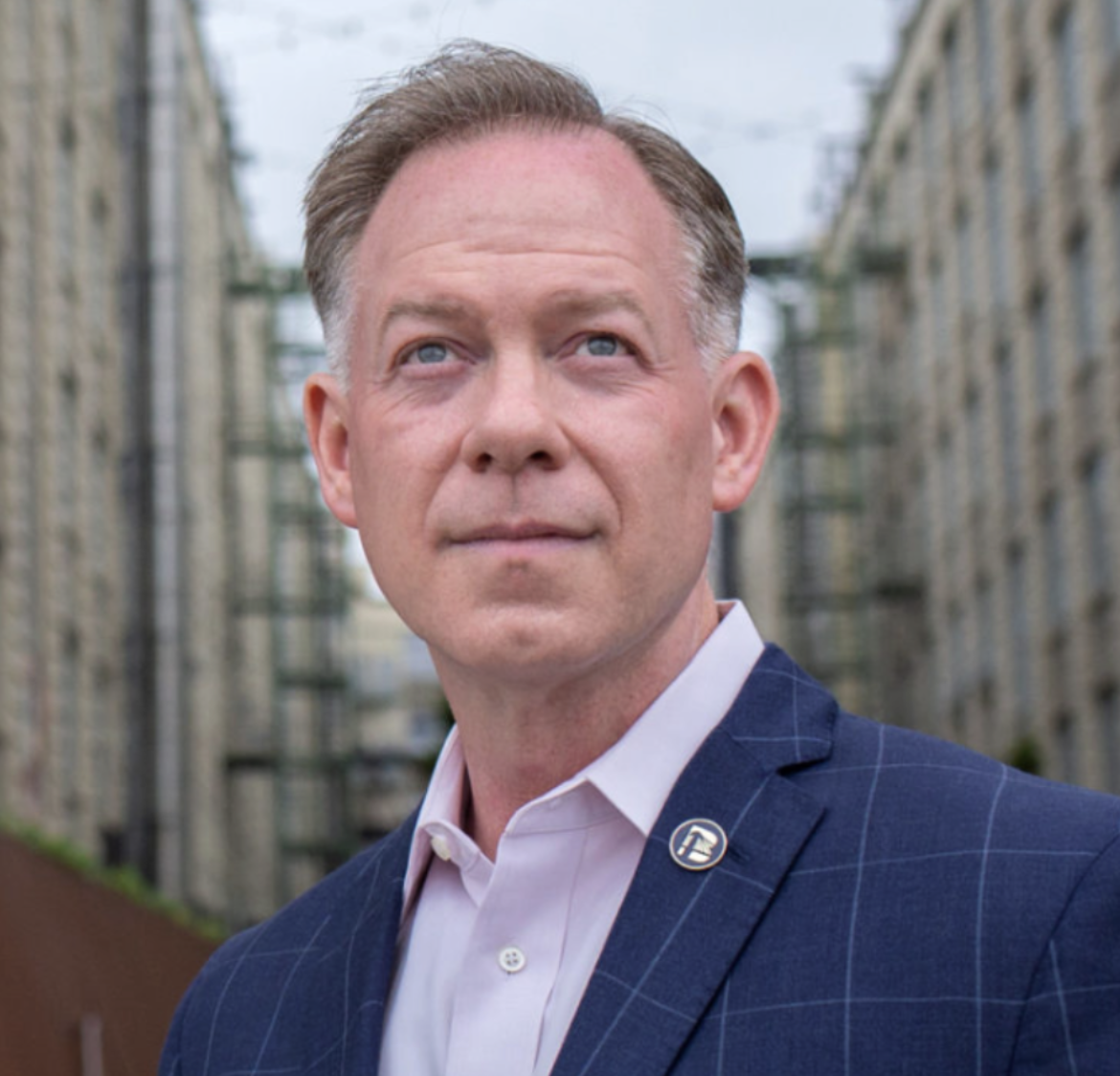Both the New York State Legislature and the New York City Council kicked off their legislative sessions this week, and as always, we wish them all a productive year ahead, truly doing the work of the people. Both legislative bodies say they want to tackle affordability. With this in mind, I want to take a moment to remind our policymakers:
Most New Yorkers are neither low-income or wealthy; The majority fall somewhere between lower and upper -middle class; Many of the policy proposals over the last several years have focused on low-income New Yorkers, not the middle class.
Most New Yorkers are concerned about rising costs, and many New Yorkers have seen a decline in living standards since the end of COVID.
Most New Yorkers are not part of a Union; Many New Yorkers work in government or in industries that are heavily subsidized by government including healthcare and the non-profit sector; A heavily subsidized economy is not a sign of a healthy economy and requires larger and larger government expenditures to sustain itself.
New York City and New York State’s Budgets are respectively one of highest in the United States; Only California has a budget larger than New York; Only Los Angeles’ budget is larger than New York City’s.
Some New Yorkers are deciding to leave New York due to the cost of living and other economic factors; Most of those who leave are not millionaires, but middle-class. Many of those who leave are people of color, and many are families.
Most new housing being built is not being built for families as reflected in the numbers of bedrooms; If we even could build enough housing for all, under the current trajectory, most of it would not be comfortable housing for families.
NYS and NYC are two of the highest taxed jurisdictions in the United States.
High income earners in NYC pay, in aggregate, the most taxes, but the middle class is taxed at a higher percentage against their income than any other class when factoring all forms of taxation, including sales and property taxes.
Most businesses in NYC are not large corporations but small businesses; Most small businesses do not gross more than $1 million annually; Many small businesses in NYC fail not because their business model is faulty, but rather because of economic factors related to doing business in NYC that are beyond their control, including fines, violations, burdensome regulations and the cost factors mentioned above; Many new small businesses in NYC are immigrant-owned.
Most New Yorkers do not ride a bicycle; Many New Yorkers who do ride a bicycle do not ride it to work each day; Many New Yorkers of age drive cars; Many New Yorkers take mass transit.
Many New Yorkers support the goals of congestion pricing; Most New Yorkers do not support congestion pricing when MTA budget overruns are rampant, they are getting squeezed by other rising costs, and the subways are increasingly less safe.
Most New Yorkers with children would welcome relief from the high cost of quality childcare.
Most New Yorkers believe in compromise. Many New Yorkers vote for elected officials who believe they can’t compromise or have no interest in compromise.
To truly address affordability, we will need a radically different approach to government, not tinkering around the edges, as our priorities have been so unaligned with middle class for years. Who has the courage to admit that the problem is one we have created, and doubling down on that same policies will make things worse, not better for most New Yorkers?
Randy Peers is the President & CEO of the Brooklyn Chamber of Commerce, the largest Chamber of Commerce in New York State, and a champion for small businesses throughout New York City.
The post Many, Most and Some – Why it Will be Hard to Tackle the Affordability Crisis in New York appeared first on EMPIRE REPORT NEW YORK 2025® NEW YORK’S 24/7 NEWS SITE.

